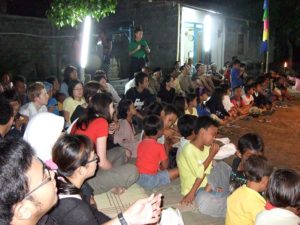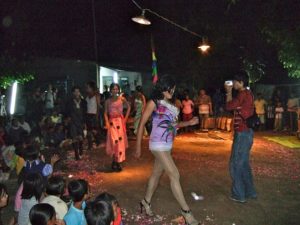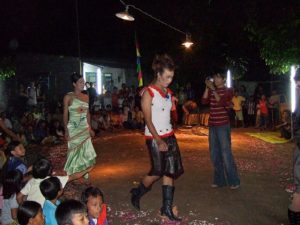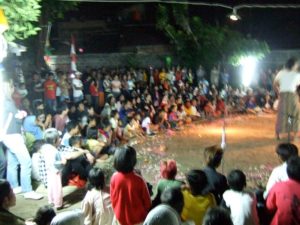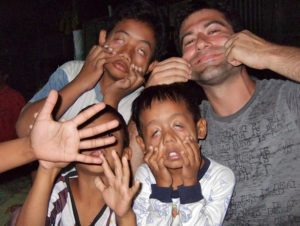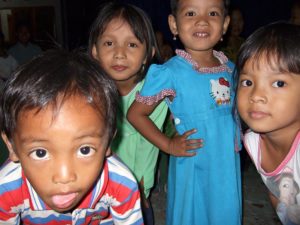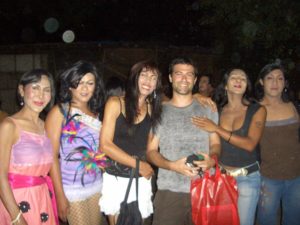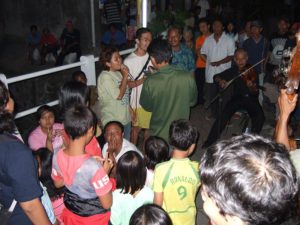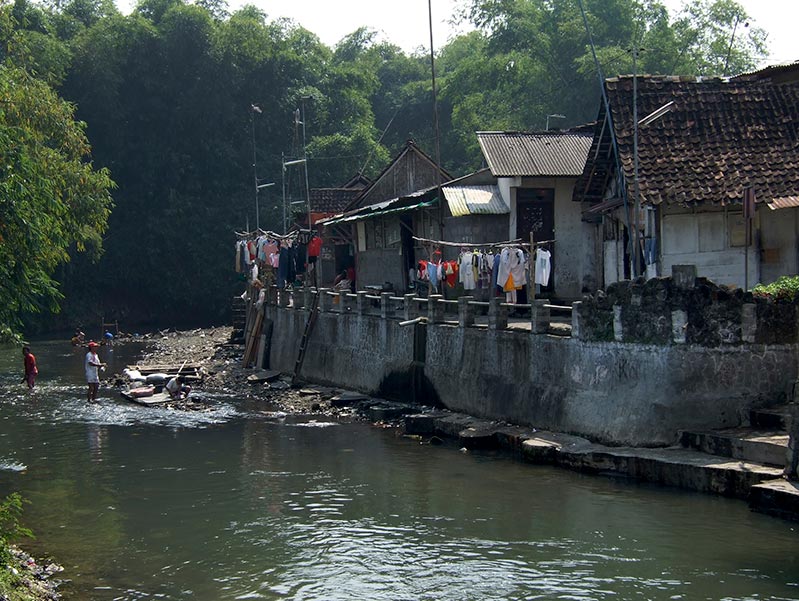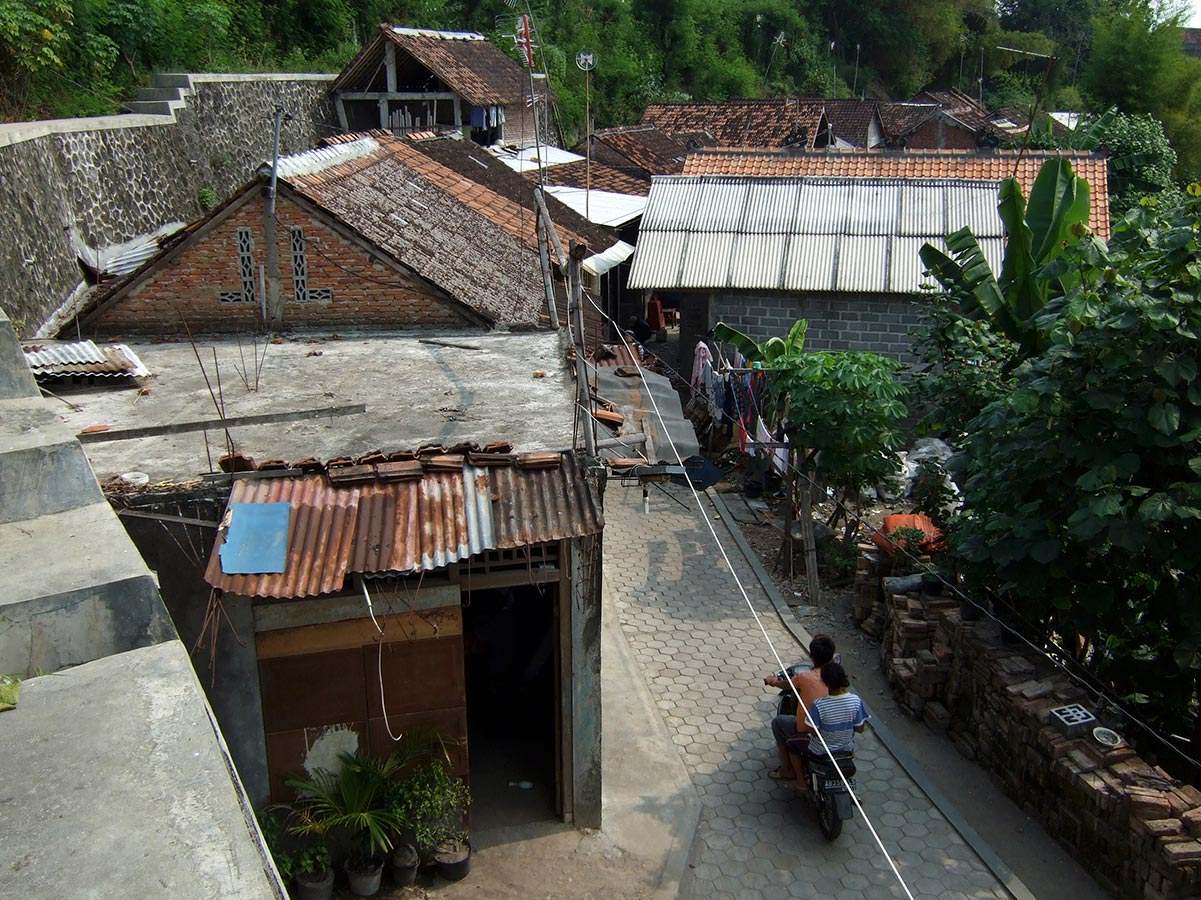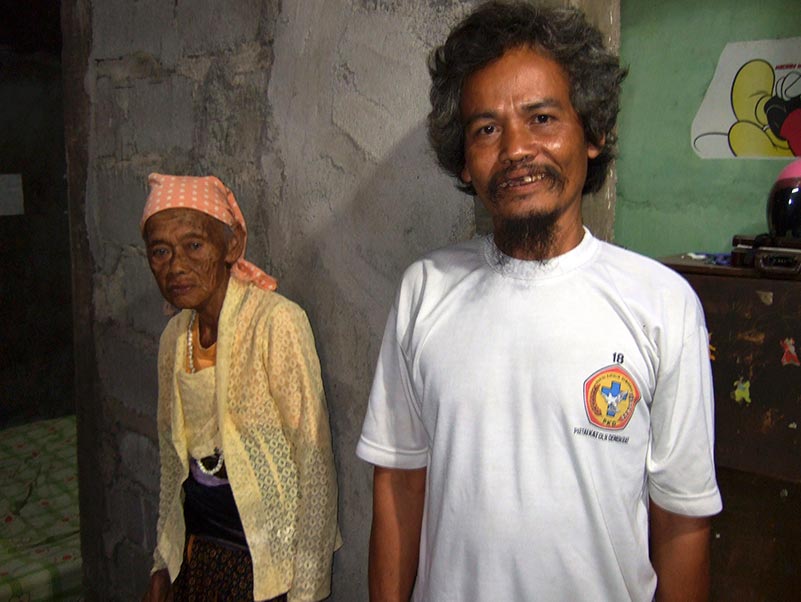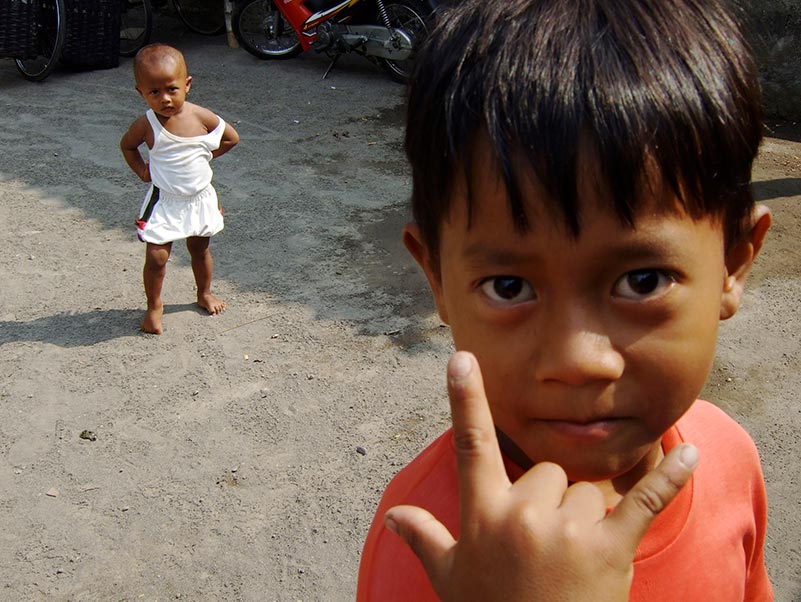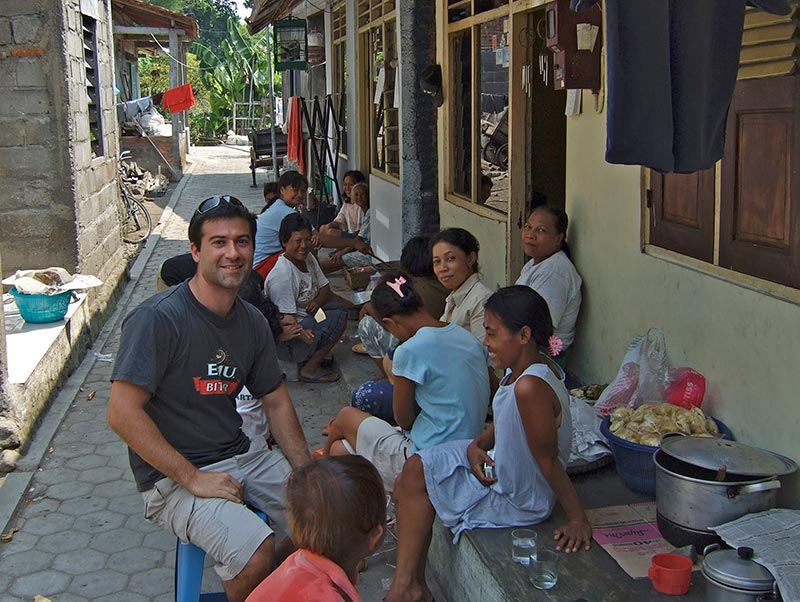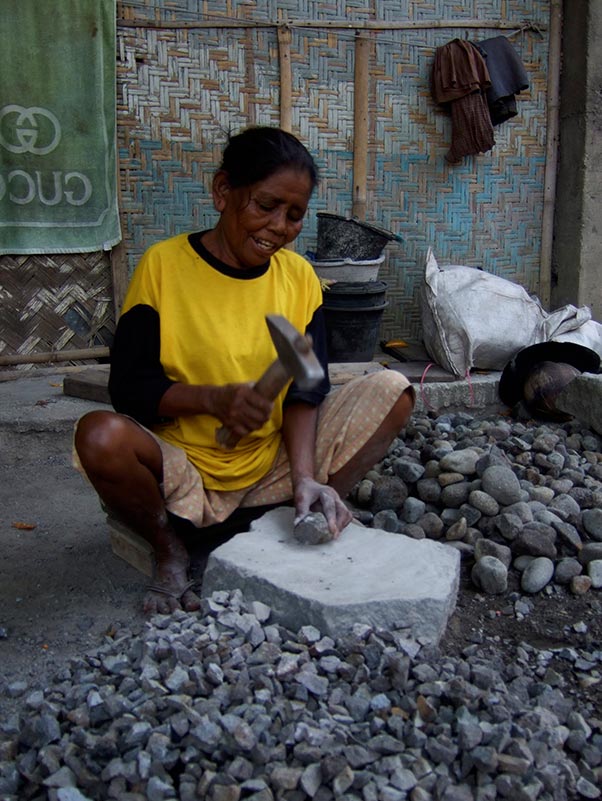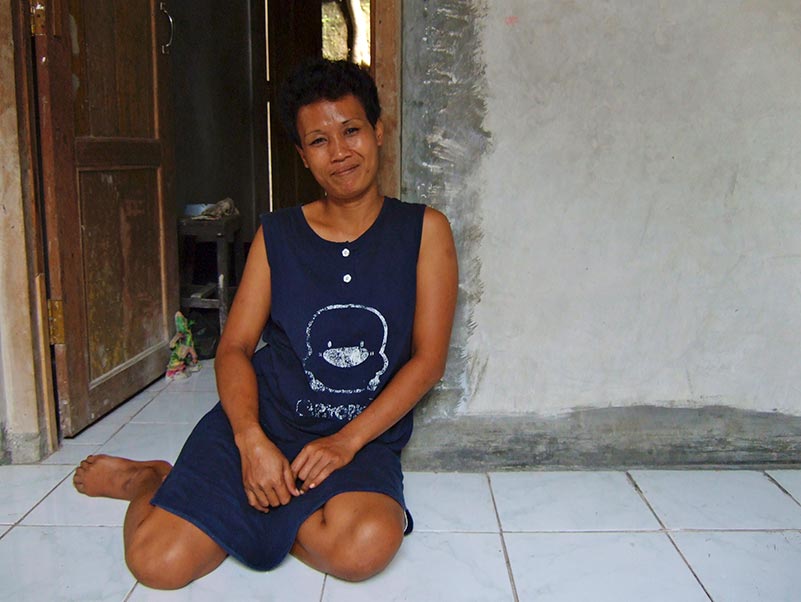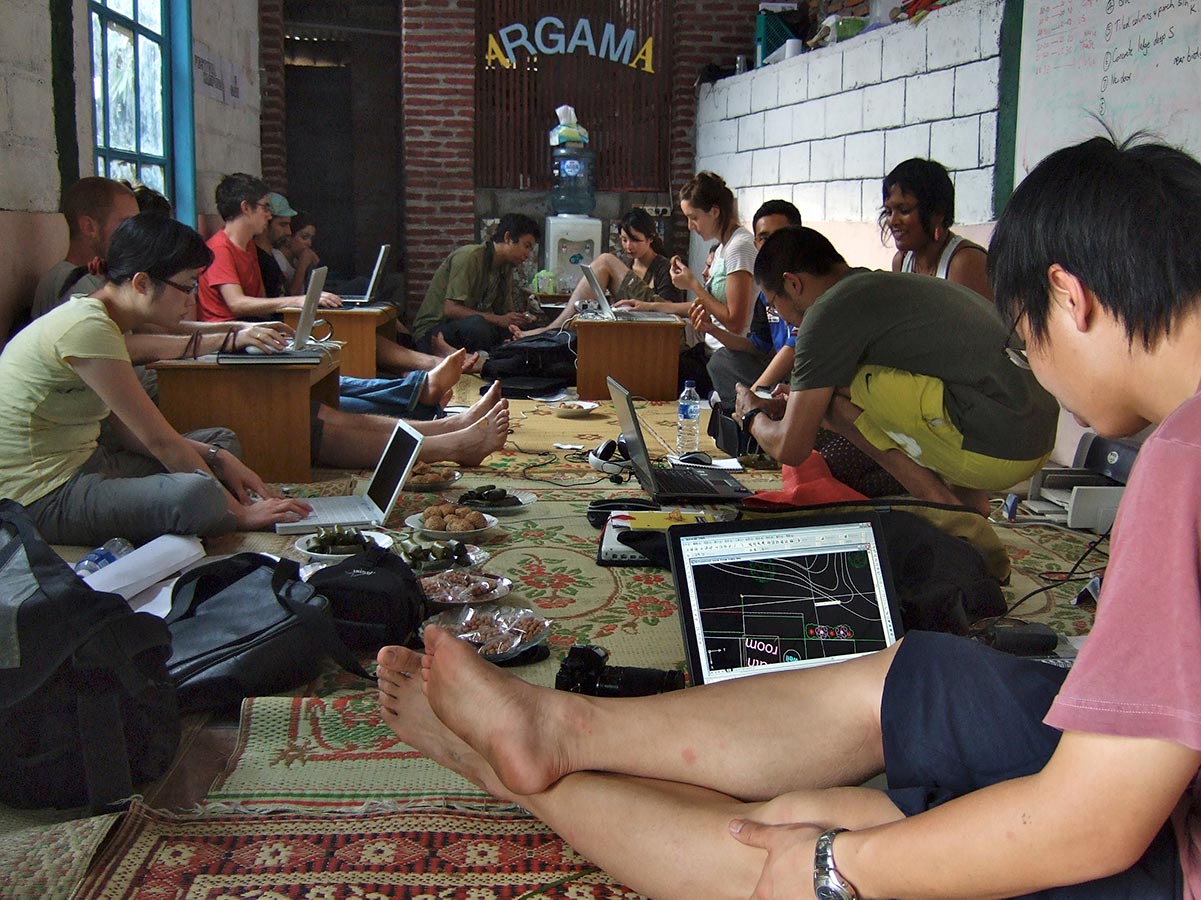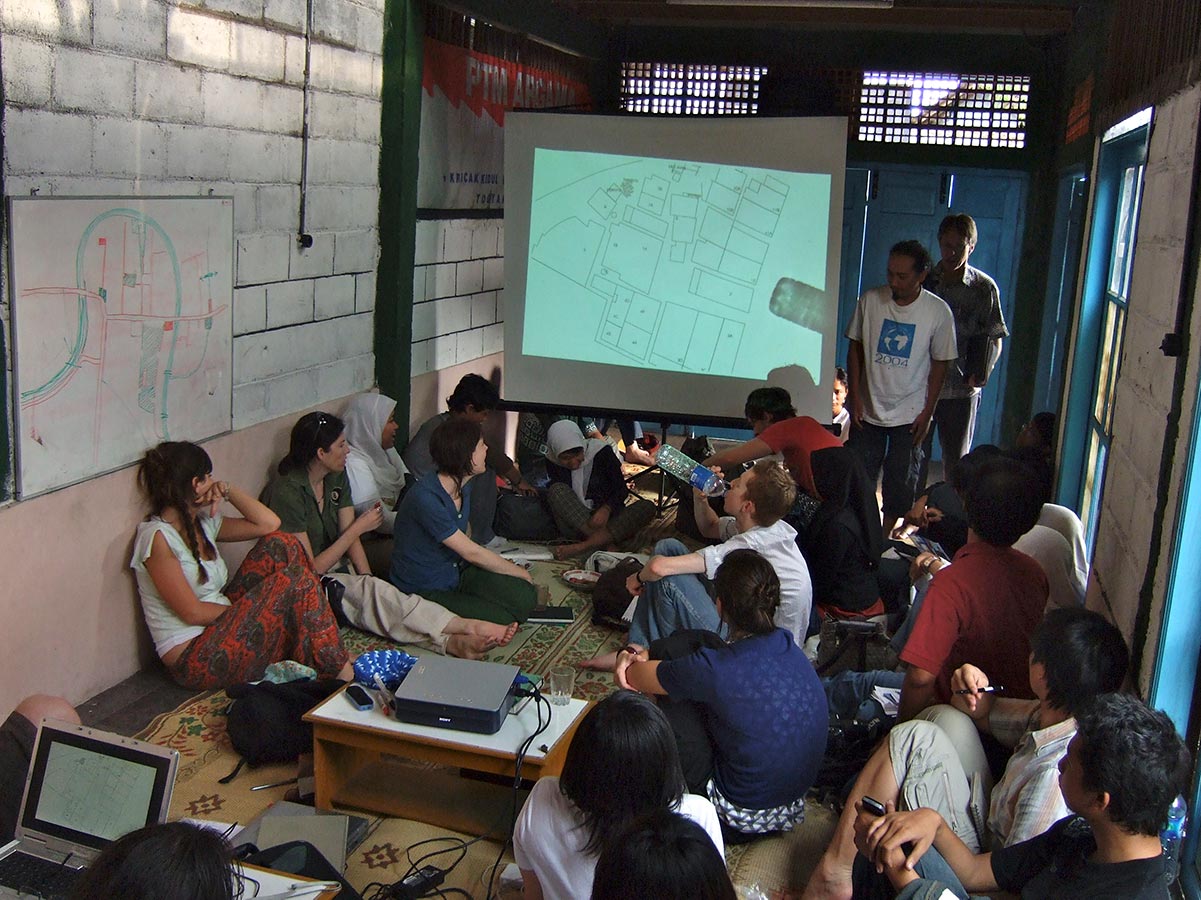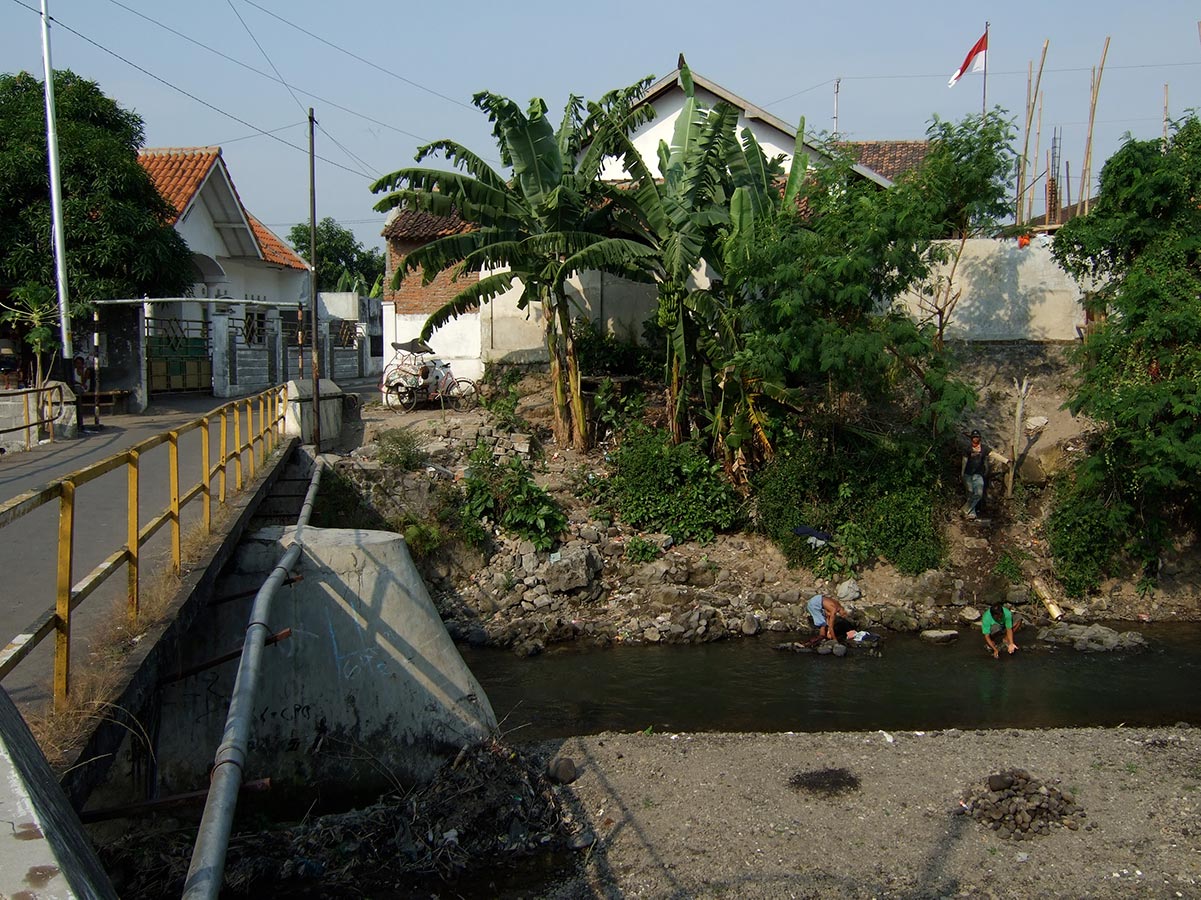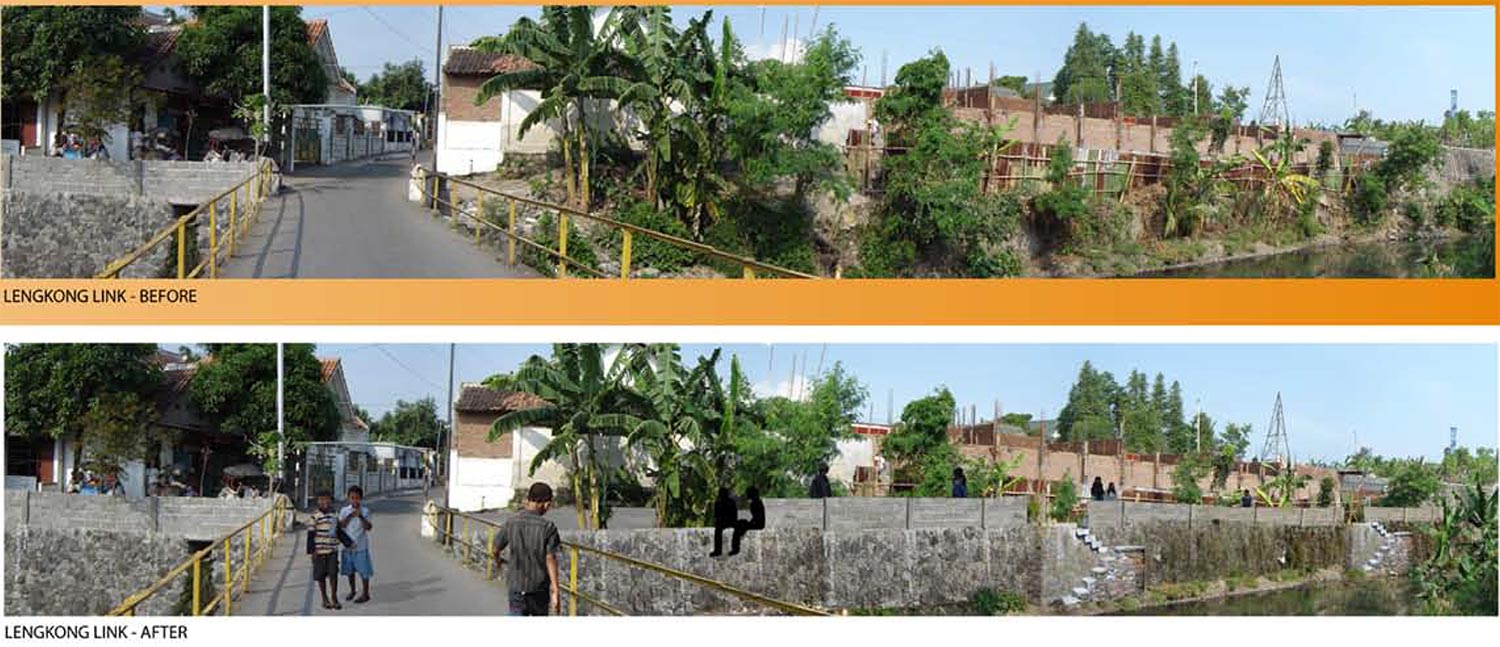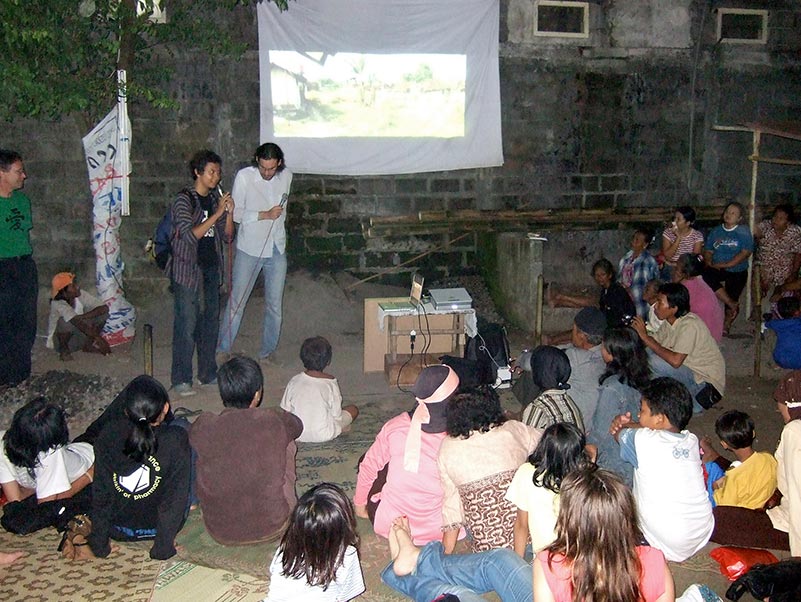Lengkong Link Urban Design - Indonesia
Using ethnographic techniques to make evidence-based interventions
Project Overview
- Client: n/a
For an urban design project I traveled to Indonesia to study an informal settlement in Yogyakarta. After spending time and observing life in a section of the settlement, I proposed an urban intervention that got the community excited. The outcomes of this project inspired me to pursue evidence-based design methods in the built environment.
My Role
- Student researcher in an urban design studio
Indonesia Travelling Studio
For an urban design studio course directed by Professor Kim Dovey, I travelled to Yogyakarta, Indonesia to study the urban structure of an informal settlement, Sidomulyo. Informal settlements are areas settled without formal ownership of land. They usually are developed organically at the hands of the marginalised communities that cannot afford to live in the city.
Sidomulyo was built along a river on land considered to be incapable of being developed by the city.
Sidomulyo Photos
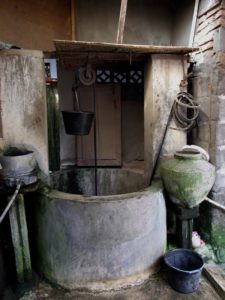
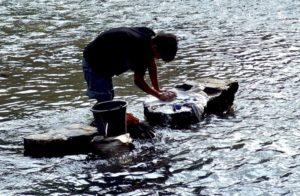
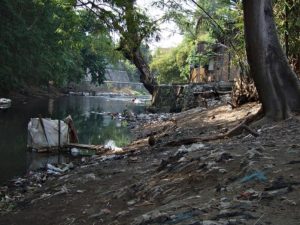
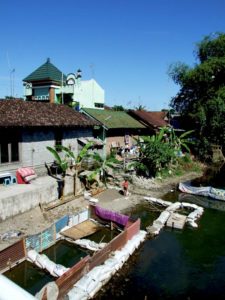



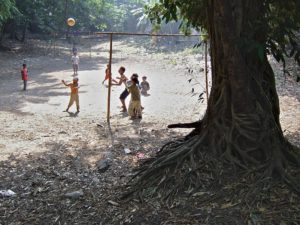
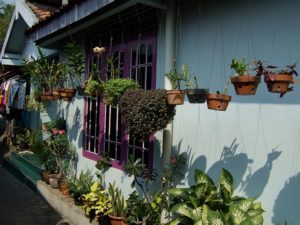
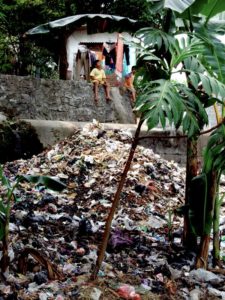
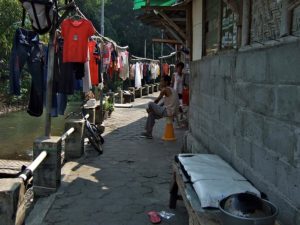
Lengkong
As part of the studio, we were assigned to study different areas of the informal settlement. I was assigned to study an area called Lengkong.
Lengkong is the most recently established part of Sidomulyo and is spatially isolated with only access via a road that cuts between large institutional buildings and high walls. The community here was less affluent than the other areas of the more well-established sections of the informal settlement.
The pictures show some of the places around Lengkong.
Lengkong People
Each day, I spent time with the people of Lengkong, interviewing them and observing life. My task was to develop an intervention that was meaningful for this particular community within Sidomulyo.
Over a week, I developed a great rapport with the community and I learned that they felt like outsiders to the Sidomulyo community, because they were physically isolated and their social status was perceived to be lower than the rest of the village.
Problem Space
From my observations and discussions with the community, I learned the Lengkong residents regarded themselves as part of the same riverbank community, but they were physically isolated from the rest of Sidomulyo by an inaccessible government area that ran along the river.
This same restricted area also formed the right side of the main gateway into Sidomulyo which segregated the community from the river, an environmental feature that defined their community culture.
Urban Intervention
Since Sidomulyo is a strong riverbank community and the Lengkong residents felt isolated from the same community, I realised an opportunity to connect Lengkong and Sidomulyo with a pathway that runs along the river.
This prospect would create a shorter and more enjoyable riverfront connection along the top of an existing retaining wall that skirted the government restricted area and a small school. The wall of the school (adjacent to the bridge) could provide an opportunity for public artworks to be displayed, creating a vibrant entry into the village. There would also be scope for a small open space at the junction of the new walkway and the bridge (behind the school). By bolstering the connections between Sidomulyo communities and celebrating the entryway into the village, this intervention would also generate a new meeting node within the community.
Closing Celebrations
Our final night in Sidomulyo, the community threw a celebration for us. During the celebration, we each presented our design interventions to the village elders.
Once I presented my idea, I learned that the community was extremely excited about it and the village elders wanted to work with the government to make it a reality.
The experience taught me that gaining perspectives from the community can create effective and valued design interventions that serve a real need. The positive response expressed by the community inspired me to pursue evidence-based people-centred design.
